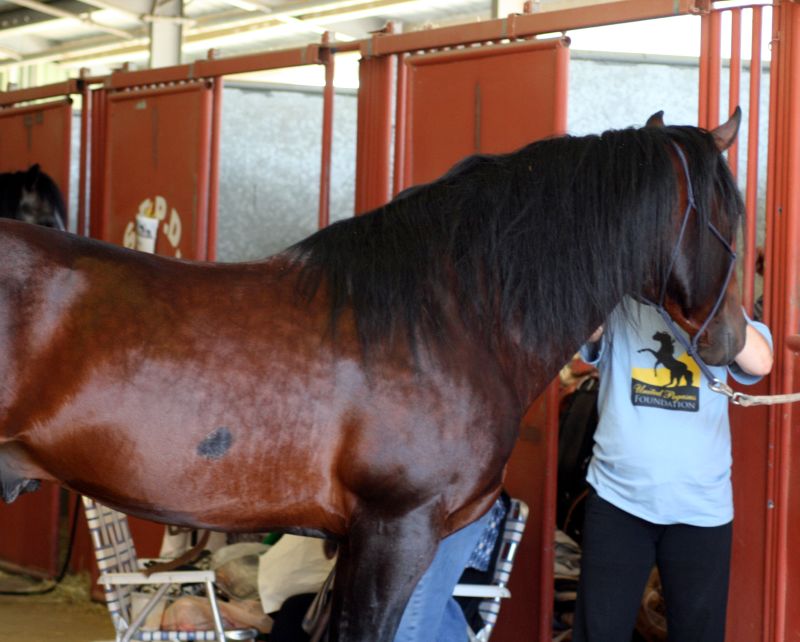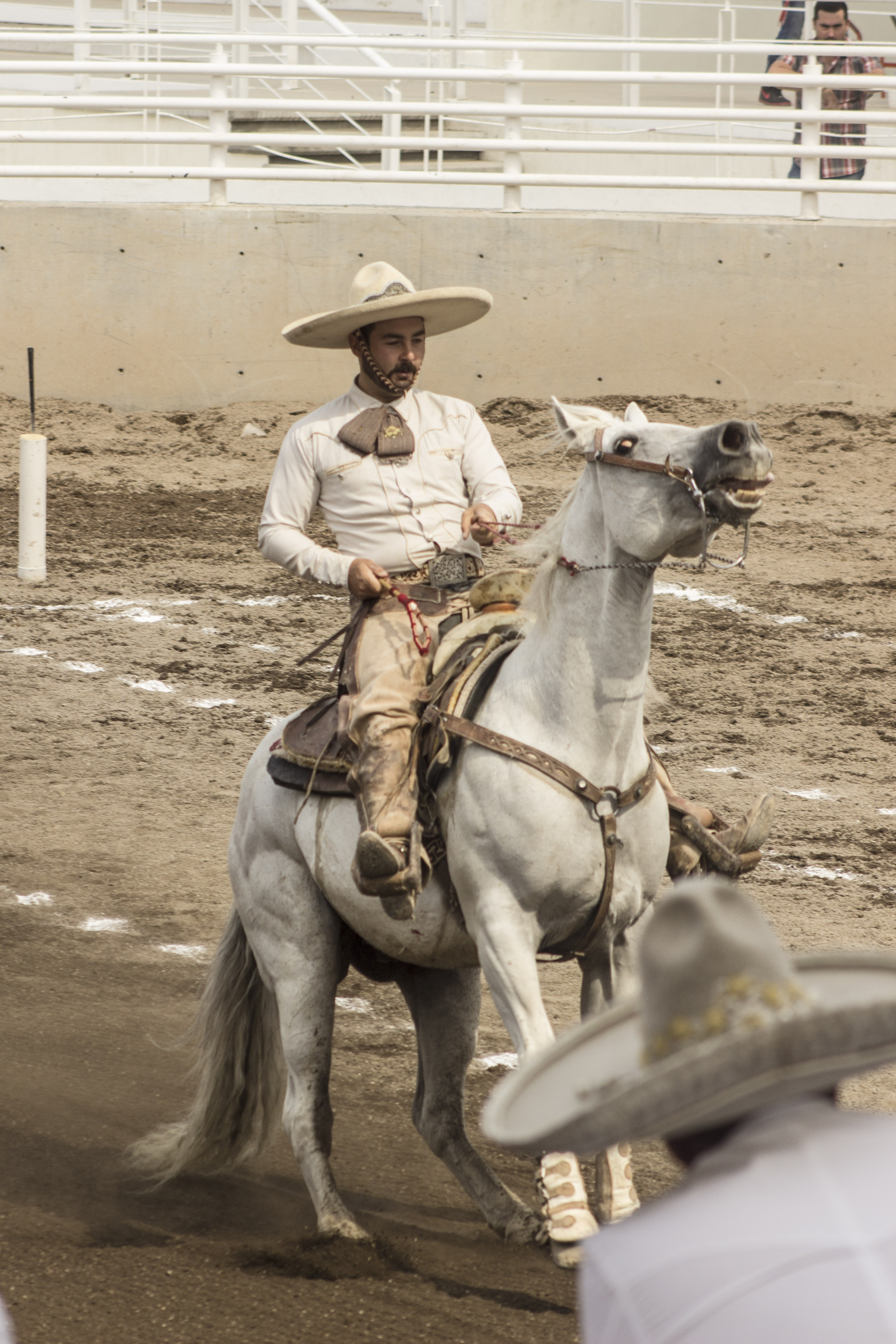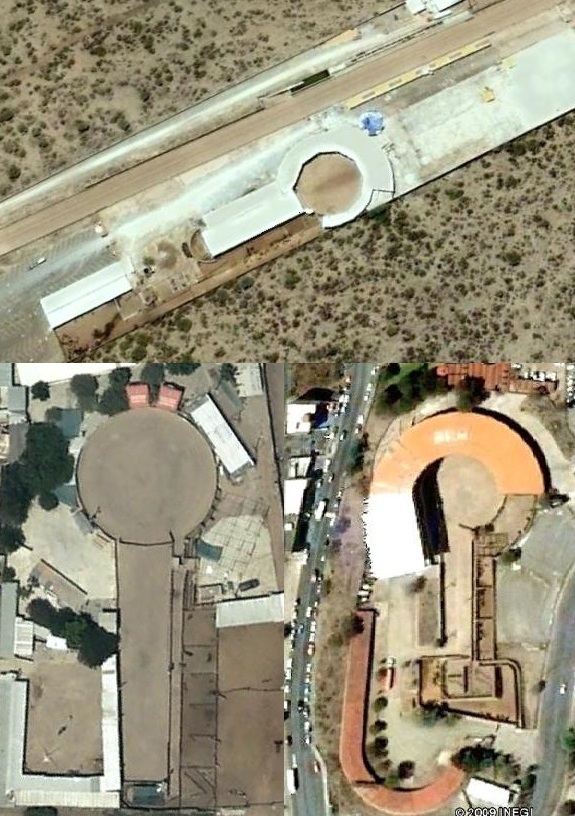|
Charrería
''Charrería'' (), also known historically as Jaripeo, is the national sport of Mexico and a discipline arising from equestrian activities and livestock traditions used in the ''haciendas'' of the Viceroyalty of New Spain. Evolving from the cattle herding traditions created the 16th century, the first kind of ''charreria'' events were ranch work competitions between haciendas. The first shows related to charreria began before the 20th century, but it was not until the Mexican Revolution that its full emergence occurred in Hidalgo and Jalisco when with the Land Reform, ''charros'' began to congregate in cities such as Mexico City and other centers, consolidating large associations to maintain tradition and popularity; The most important are the ''Asociación de Charros de Jalisco A.C'', ''Asociación de Charros de Morelia A.C'' and ''Asociación de Charros Regionales de La Villa A.C''. ''Charreria'' is the national sport of Mexico by excellence and in 2016, and was inscribed i ... [...More Info...] [...Related Items...] OR: [Wikipedia] [Google] [Baidu] |
Charro
''Charro'', in Mexico, is historically the horseman from the countryside, the Ranchero, who lived and worked in the haciendas and performed all his tasks on horseback, working mainly as vaqueros and caporales, among other jobs. He was renowned for his superb horsemanship, for his skill in handling the lasso, and for his unique costume designed specially for horseback riding. Today, this name is given to someone who practices ''charreada'' (similar to a rodeo), considered the national sport of Mexico which maintains traditional rules and regulations in effect from colonial times up to the Mexican Revolution. Etymology The word ''charro'' (syn. ''charrar, charra'') was first documented in Spain in the book "Vocabulario de refranes y frases proverbiales" (1627) by Gonzalo Correas as a synonym of dumb or stupid person. More than one hundred years later, in 1729, in the first dictionary of the Spanish language edited by the Real Academia Española, the "Diccionario de Autorida ... [...More Info...] [...Related Items...] OR: [Wikipedia] [Google] [Baidu] |
Federación Mexicana De Charrería
La Federación Mexicana de Charrería (The Mexican Federation of Charreria) regulates ''charrería'' events in Mexico. ''Charrería'', officially the National Sport of Mexico, consists of a series of Mexican equestrian events rooted in the horsemanship brought over from Spain during their conquest of the New World. The most noted event is the ''charreada'', or Mexican rodeo. Originally chartered on December 16, 1933, in Mexico City as the ''Federación Nacional de Charros'' (National Federation of Charros), the purpose was to unify all the various ''charro ''Charro'', in Mexico, is historically the horseman from the countryside, the Ranchero, who lived and worked in the haciendas and performed all his tasks on horseback, working mainly as vaqueros and caporales, among other jobs. He was ren ...'' organizations. The ''charros'' had organized themselves during the 1920s to preserve the customs and culture that were quickly disappearing following the breakup of the haciendas ... [...More Info...] [...Related Items...] OR: [Wikipedia] [Google] [Baidu] |
Lienzo Charro
A ''lienzo charro'' is an arena where '' charros'' hold the events of '' charreada'', ''coleadero'' and ''jaripeo The word () refers to a form of rodeo, particularly bull riding practiced in Mexico, Guatemala, El Salvador, and Honduras, However, ''jaripeo'' means different styles of bull riding in the different countries mentioned. In Mexico, mainly ...''.Teresa Palomo Acosta Rodeo">American rodeo events may also take place at a ''lienzo charro''. A ''lienzo'' has two areas: one and a second, circular area in diameter. ''Charreada'' is a team competition in which teams go head-to-head to win points in different competitions. The team with the most points at the end wins. The ''coleadero'', also known as the ''torneo de colas'', is a multi- or single-competitor event in which a mounted ''charro'' throws a bull to the ground by catching its tail, wrapping it under his leg, and making a turn.Andrea Cabello, Rocío Martínez and Montserrat Mata [2002Art of the Charrer� ... [...More Info...] [...Related Items...] OR: [Wikipedia] [Google] [Baidu] |
National Sport
A national sport is a physical activity or sport that is culturally significant or deeply embedded in a nation, serving as a national symbol and an intrinsic element to a nation's identity and culture. Several sovereign states and constituent states have formally recognized a specific activity as their national sport, typically favouring sports with origins stemming from their own countries. Conversely, in many other nations, the designation of a national sport is an informal acknowledgment bestowed upon an activity that is either widely embraced or holds historical and cultural significance to that nation. Official national sports An official national sport is an activity that has been formally recognized and designated as a national sport of a particular nation by government authorities. This recognition often comes through legislation or decrees. The following is a list of official national sports: Unofficial national sports An unofficial national sport is an activ ... [...More Info...] [...Related Items...] OR: [Wikipedia] [Google] [Baidu] |
Representative List Of The Intangible Cultural Heritage Of Humanity
UNESCO established its Lists of Intangible Cultural Heritage with the aim of ensuring better protection of important intangible cultural heritages worldwide and the awareness of their significance.Compare: This list is published by the Intergovernmental Committee for the Safeguarding of Intangible Cultural Heritage, the members of which are elected by State Parties meeting in a General Assembly. Through a compendium of the different oral and intangible treasures of humankind worldwide, the programme aims to draw attention to the importance of safeguarding intangible heritage, which UNESCO has identified as an essential component and as a repository of cultural diversity and of creative expression. The list was established in 2008 when the 2003 Convention for the Safeguarding of the Intangible Cultural Heritage took effect. , the programme compiles three lists. The longer Representative List of the Intangible Cultural Heritage of Humanity comprises cultural "practices and expressi ... [...More Info...] [...Related Items...] OR: [Wikipedia] [Google] [Baidu] |
Jalisco
Jalisco, officially the Free and Sovereign State of Jalisco, is one of the 31 states which, along with Mexico City, comprise the 32 Political divisions of Mexico, Federal Entities of Mexico. It is located in western Mexico and is bordered by six states, Nayarit, Zacatecas, Aguascalientes, Guanajuato, Michoacán, and Colima. Jalisco is divided into Municipalities of Jalisco, 125 municipalities, and its capital and largest city is Guadalajara. Jalisco is one of the most economically and culturally important states in Mexico, owing to its natural resources as well as its long history and culture. Many of the characteristic traits of Mexican culture are originally from Jalisco, such as mariachi, tequila, ranchera, ranchera music, birria, jaripeo, etc., hence the state's motto: ('Jalisco is Mexico'). Economically, it is ranked third in the country, with industries centered in the Guadalajara metropolitan area, the third largest metropolitan area in Mexico. The state is home to two ... [...More Info...] [...Related Items...] OR: [Wikipedia] [Google] [Baidu] |
Bajío
The Bajío (the ''lowland'') is a cultural and geographical region within the Mexican Plateau, central Mexican plateau which roughly spans from northwest of Greater Mexico City, Mexico City to the main silver mines in the northern-central part of the country. This includes (from south to north) the states of Querétaro, Guanajuato, parts of Jalisco (Centro, Los Altos de Jalisco), Aguascalientes and parts of Zacatecas, San Luis Potosí and Michoacán. Located at the border between Mesoamerica and Aridoamerica, El Bajío saw relatively few permanent settlements and big civilizations during Pre-Columbian era, Pre-Columbian history, being mostly inhabited by the Otomi and semi-nomadic tribes known to the Aztecs as the "Chichimeca" peoples (poorly attested conglomerate of Uto-Aztecan languages, Uto-Nahua groups, from whom the Toltec and the Aztecs were probably descended). The tribes that inhabited the Bajío proved to be some of the hardest to conquer for the Spanish—peace was ul ... [...More Info...] [...Related Items...] OR: [Wikipedia] [Google] [Baidu] |
Frances Erskine Inglis
Frances "Fanny" Erskine Inglis, later the Marquesa of Calderón de la Barca and best known as Fanny Calderón de la Barca, (Edinburgh, Scotland, 1804 – Madrid, Spain, 1882), was a 19th-century travel writer best known for her 1843 memoir, '' Life in Mexico'', which is regarded by historians as one of the most influential Latin American travel narratives of the 19th century. The Inglis family immigrated to the United States in 1835. Fanny married a Spanish diplomat, Ángel Calderón de la Barca y Belgrano, in 1838. In 1839 she accompanied him on his posting to Mexico. In 1843, the couple returned to the U.S. and Calderón de la Barca published ''Life in Mexico.'' In 1852, the couple moved to Madrid, Spain where Ángel had been appointed as a Minister of State by the royal government of Spain. In 1856, Fanny Calderón de la Barca's book ''The Attaché in Madrid'', was published in the United States. The book never achieved the popularity of ''Life in Mexico''. After her ... [...More Info...] [...Related Items...] OR: [Wikipedia] [Google] [Baidu] |
Corrida De Toros En La Plaza De San Pablo (1831)
Corrida may refer to: * Bullfight * Corrida (horse) Corrida (1932 – probably 1944) was a French Thoroughbred horse racing, racehorse who won races in France, Belgium, Germany and England and is regarded as one of the top fillies of the 20th century worldwide. She is best known for her bac ..., a racehorse * ''Corrida'' (Dschinghis Khan album), 1983 * ''Corrida'' (Kabát album), 2006 {{disambiguation ... [...More Info...] [...Related Items...] OR: [Wikipedia] [Google] [Baidu] |
Mexico
Mexico, officially the United Mexican States, is a country in North America. It is the northernmost country in Latin America, and borders the United States to the north, and Guatemala and Belize to the southeast; while having maritime boundary, maritime boundaries with the Pacific Ocean to the west, the Caribbean Sea to the southeast, and the Gulf of Mexico to the east. Mexico covers 1,972,550 km2 (761,610 sq mi), and is the List of countries by area, thirteenth-largest country in the world by land area. With a population exceeding 130 million, Mexico is the List of countries by population, tenth-most populous country in the world and is home to the Hispanophone#Countries, largest number of native Spanish speakers. Mexico City is the capital and List of cities in Mexico, largest city, which ranks among the List of cities by population, most populous metropolitan areas in the world. Human presence in Mexico dates back to at least 8,000 BC. Mesoamerica, considered a cradle ... [...More Info...] [...Related Items...] OR: [Wikipedia] [Google] [Baidu] |
Spanish-style Bullfighting
Spanish-style bullfighting is a type of bullfighting that is practiced in several Hispanophone, Spanish-speaking countries: Spain, Mexico, Ecuador, Venezuela, Peru, as well as in parts of southern France and Portugal. In Colombia it has been outlawed but is being phased out with a full ban coming in effect in 2027. This style of bullfighting involves a physical contest with humans (and other animals) attempting to publicly subdue, immobilize, or kill a bull. The most common bull used is the Spanish Fighting Bull (''Toro Bravo''), a type of cattle native to the Iberian Peninsula. This style of bullfighting is seen to be both a sport and performance art. The red colour of the cape is a matter of tradition – bulls are color blindness, color blind. They attack moving objects; the brightly-colored cape is used to mask blood stains. In a traditional ''corrida'', three ''toreros ''(or ''Torero#Matador de Toros, matadores'') each fight against two out of a total of six fighting bulls t ... [...More Info...] [...Related Items...] OR: [Wikipedia] [Google] [Baidu] |






